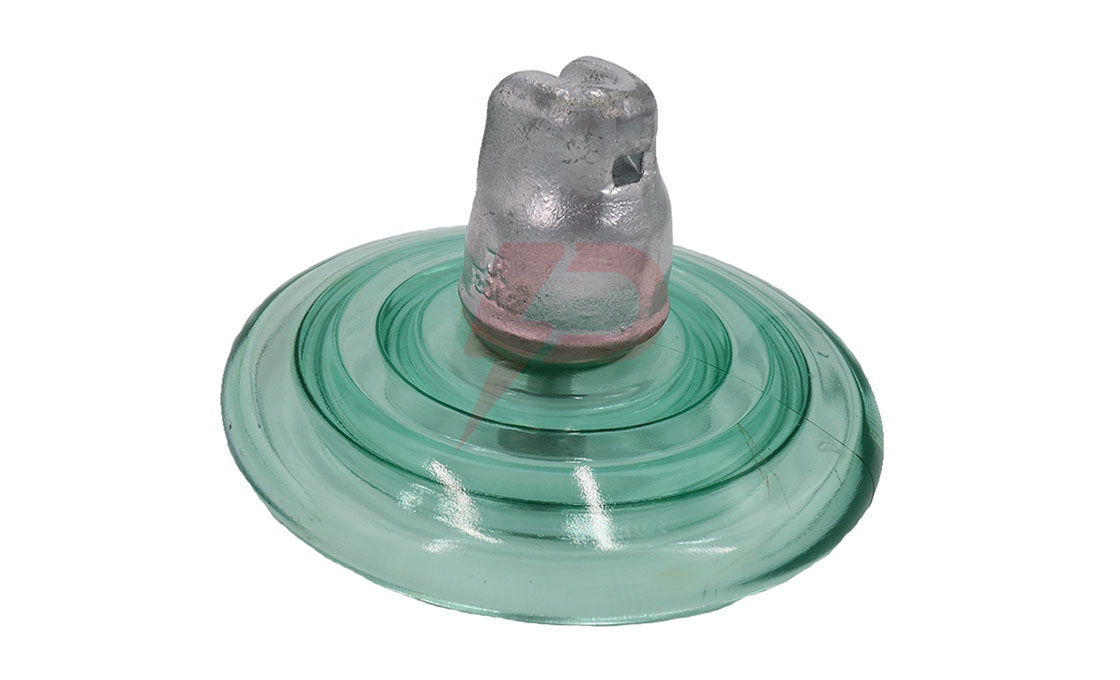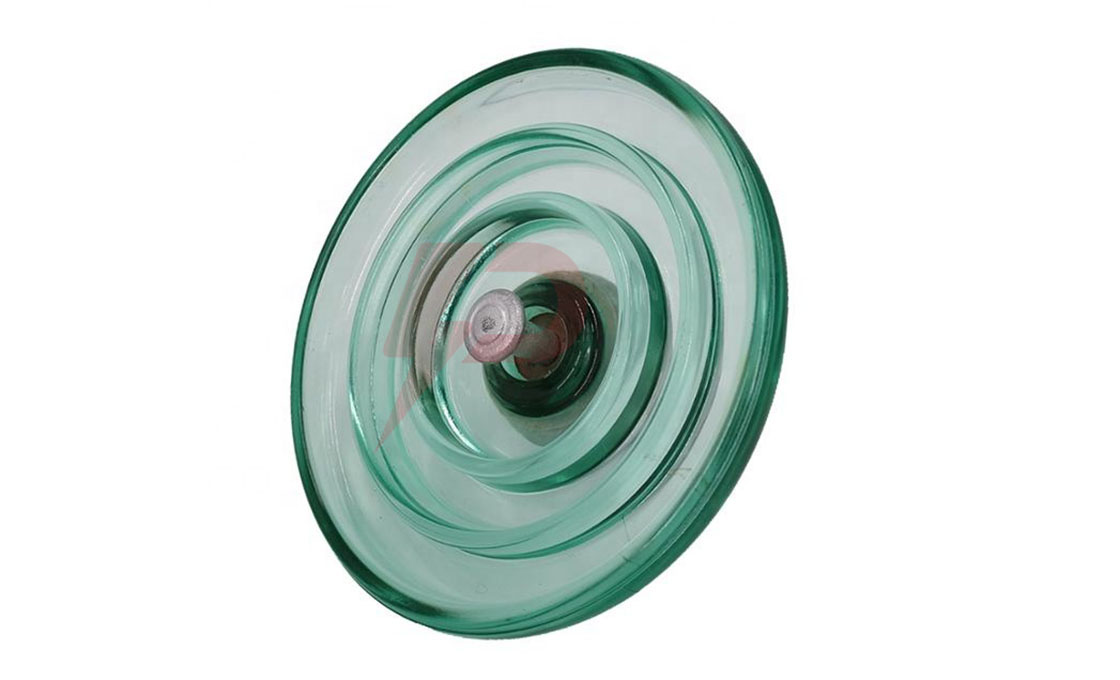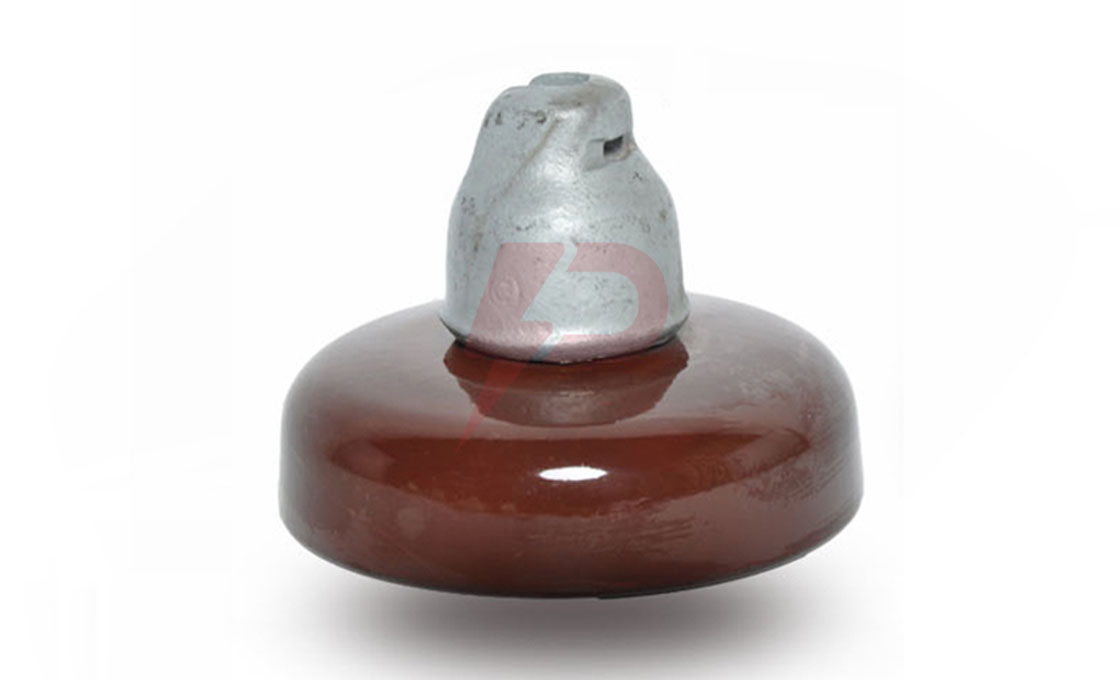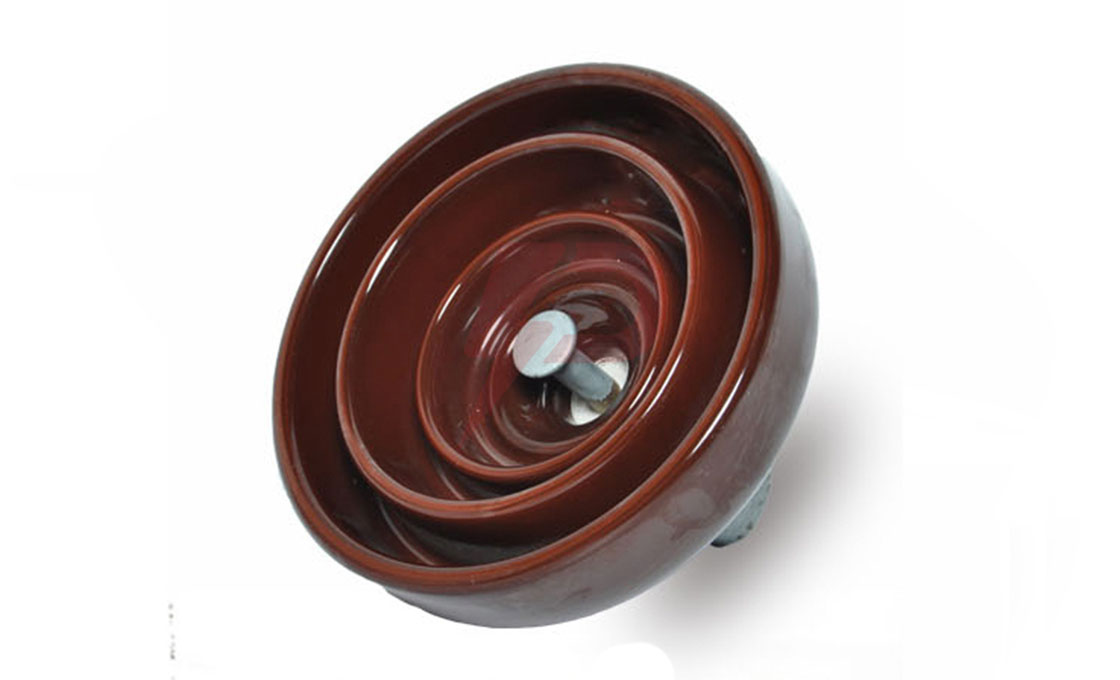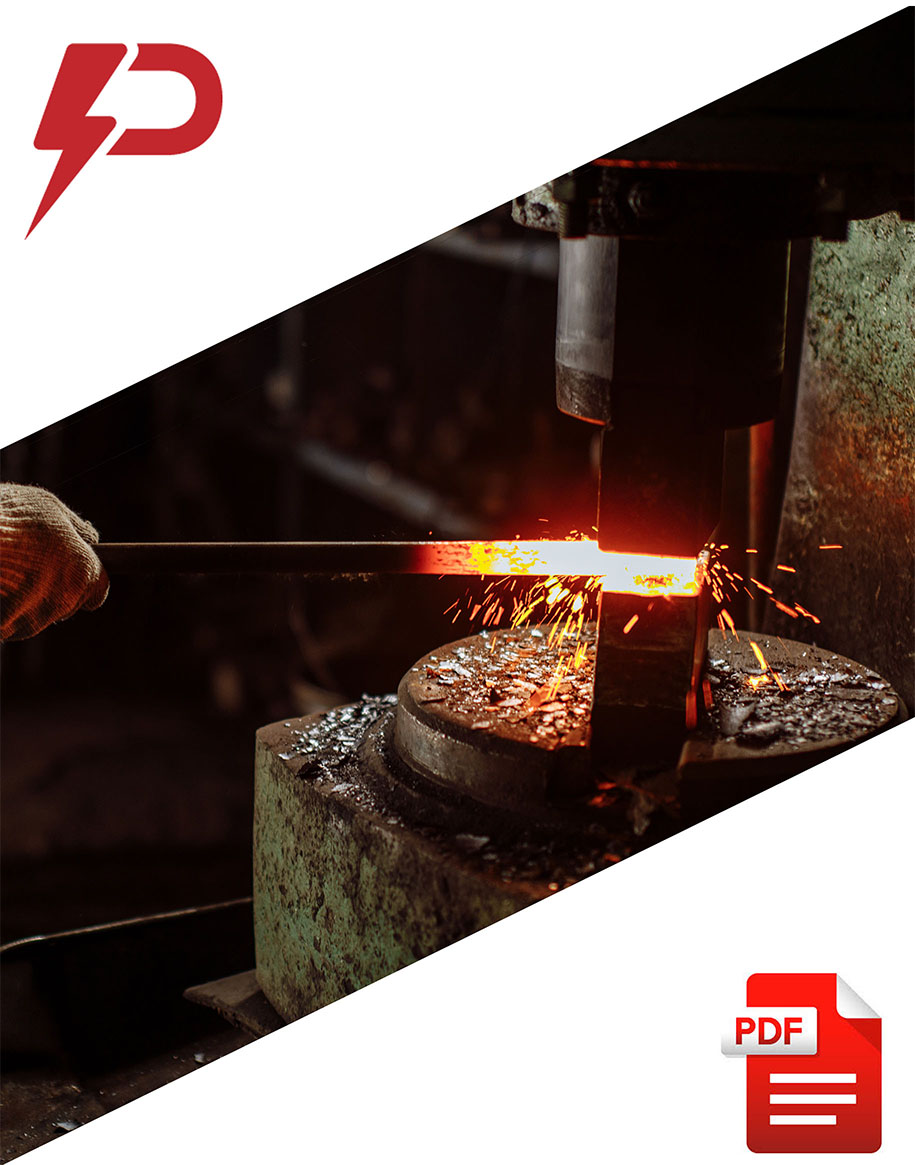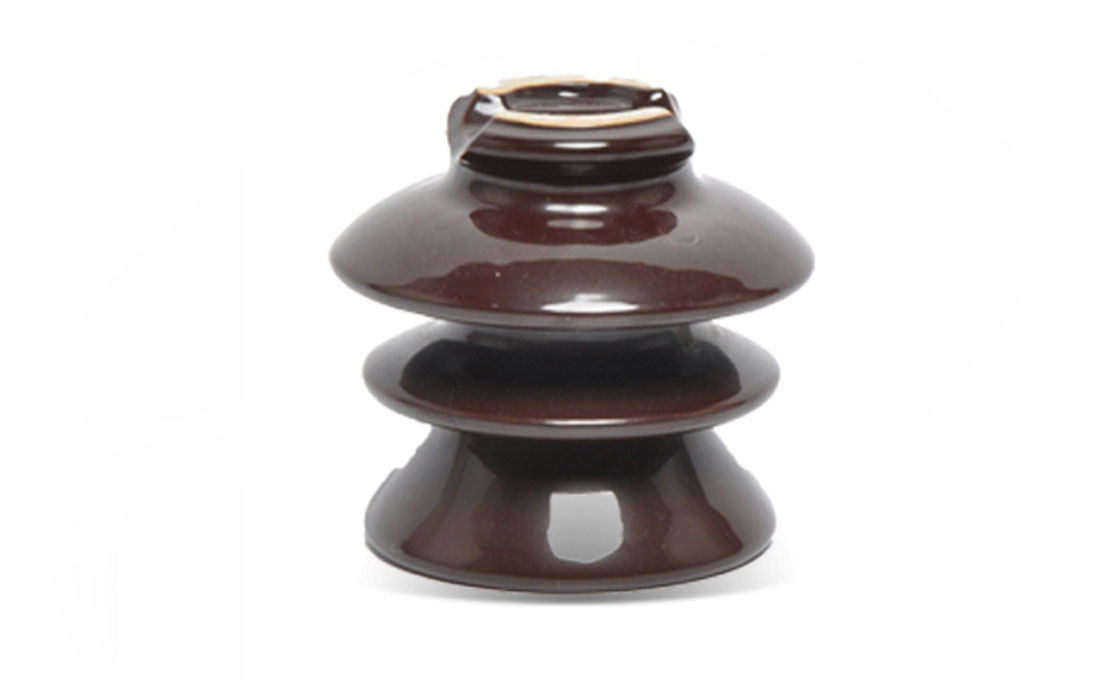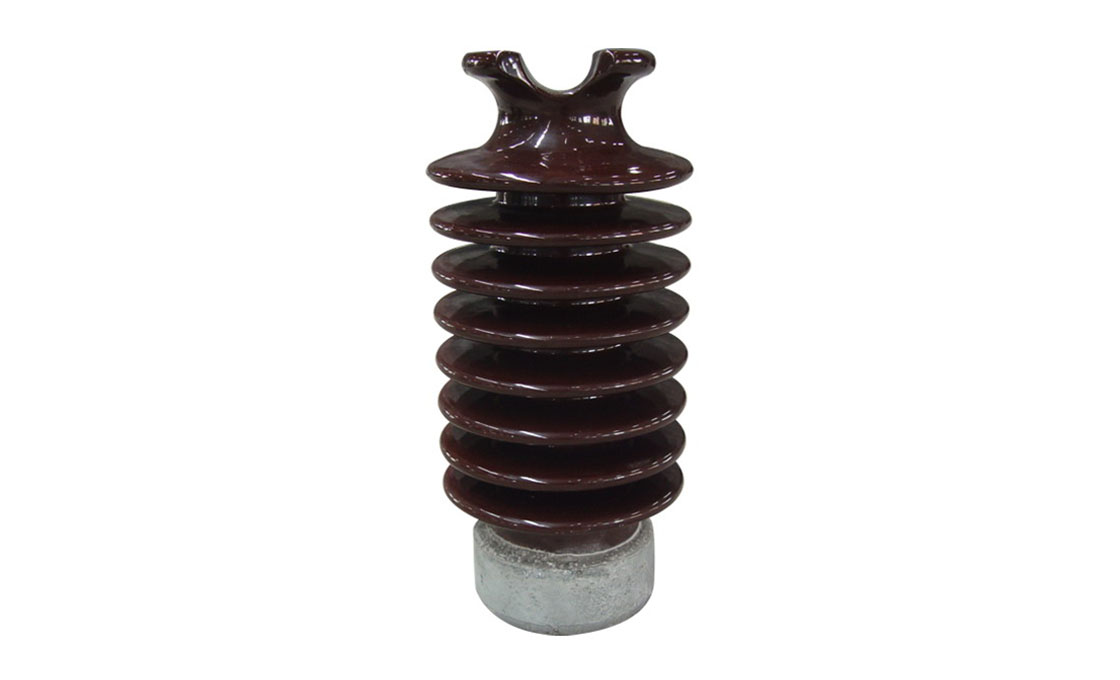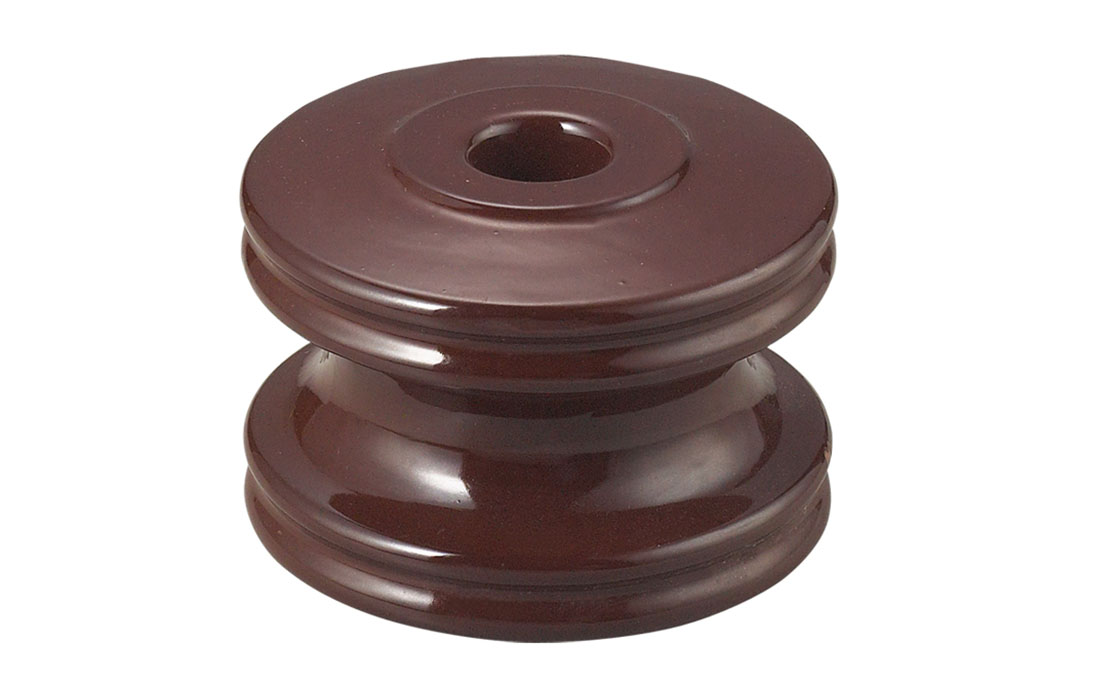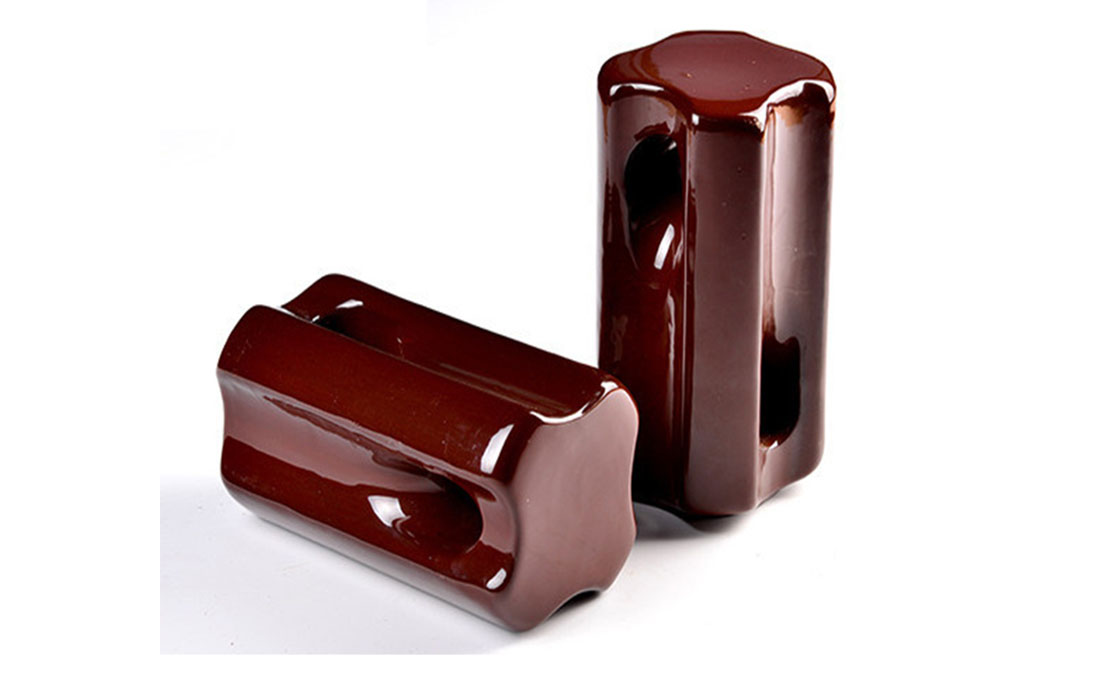Suspension Insulator
Suspension insulators are robust, high resistivity insulators, perfectly designed to withstand higher voltage loads in a variety of electrical systems operating in the full spectrum of climatic conditions.
Crafted from waterproof, durable materials, the suspension insulator is formed from a string of insulator discs assembled onto a pliable rod. This flexible construction allows for swing movement in harsh weather conditions – minimising the strain upon the insulator and maximising its service life.
In addition, the clever design of the suspension insulator makes it possible to add or replace insulator discs as required – removing the time, expense, and risk involved in replacing the whole insulator. This model is also compatible with a variety of accessories, including insulator string, corona rings, and end fittings – making it a firm favourite across a range of industries!
Features:
- Time and cost-effective
- Adaptable construction
- High voltage resistivity
- Accessory compatible
- Minimal maintenance
- Flexible string design
- Versatile application
- Replaceable discs
- Weather-resistant
- Durable materials
Notes
- The assembly, installation, and maintenance of suspension insulators must be done with the assistance of experienced professionals in all circumstances to minimise safety risks.
- Always check that the insulator is compatible with the electrical circuit prior to installation.
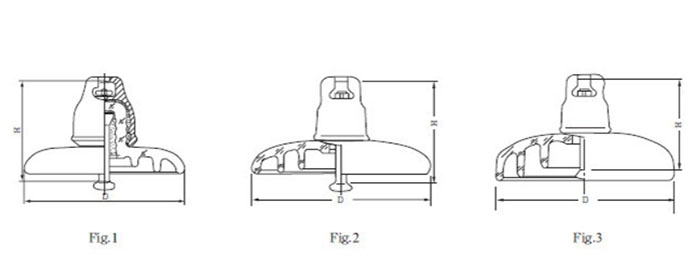
| Product Model | U40B/110 | U70B/140 | U100B/140 | U120B/146 | U160B/170 | |
| Main dimension,mm | D | 178 | 255 | 255 | 255 | 280 |
| H | 110 | 140 | 146 | 146 | 170 | |
| Creepage distance(mm) | 185 | 320 | 320 | 320 | 400 | |
| Socket Coupling(mm) | 11 | 16 | 16 | 16 | 20 | |
| Mechanical failing load( mm) | 40 | 70 | 100 | 120 | 160 | |
| Mechanical routne test(kN) | 20 | 35 | 50 | 60 | 80 | |
| Wetpower frequency withstand voltage(kV) | 25 | 40 | 40 | 40 | 45 | |
| Dry lightning lipulse withstand voltage(kV) | 50 | 100 | 100 | 100 | 110 | |
| Impuise puncture volltage(P.U) | 2.8 | 2.8 | 2.8 | 2.8 | 2.8 | |
| Power frequency puncture vollage (kV) | 90 | 130 | 130 | 130 | 130 | |
| Radio influence voltage(μV) | 50 | 50 | 50 | 50 | 50 | |
| Corona visual test (kV) | 18/22 | 18/22 | 18/22 | 18/22 | 18/22 | |
| Power frequency electric arc voltage | 0.12s/20kA | 0.12s/20kA | 0.12s/20kA | 0.12s/20kA | 0.12s/20kA | |
Suspension Insulators Reviews & Buying Guide
Suspension insulators contain and control the flow of power in high voltage electrical systems such as overhead transmission and railway lines.
A suspension insulator is a type of high resistivity insulator used in a variety of electrical networks suspended above ground level. A sturdy class of insulators, they are primarily used in systems operating at 33KV and above - a level that is beyond the voltage load capacity of many other insulators. According to the type of connective join used, suspension insulators can be divided into two main types: cap-and-pin insulators (which uses a ball and socket or clevis-pin fastening) and the stronger interlink/Hewlett insulators (with two curved sections interlocking at a 90-degree angle). As an insulator, suspension insulators are designed to constrict the flow of electricity to certain zones of an electrical circuit. Working alongside conductors (which assist electrical flow), this control of voltage distribution ensures that the circuit is working safely and to maximum efficiency. Suspension insulators consist of a flexible metal rod housing a string of insulator discs. Each disc has a relatively low voltage capacity - allowing the stress of a high voltage load to be distributed throughout the series of discs and minimising the risk of overloading. This compartmentalised design of the insulator also ensures that if one disc becomes faulty, it does not compromise the integrity of the other insulator discs. When installed the insulator is suspended at the end of a length of insulator string, which is attached to the pole or tower. The cross arms assist the insulator clamp in maintaining the correct position of the insulator. The number of discs included on a suspension indicator varies according to the voltage load capacity required – the higher the voltage level, the greater the number of discs required. The discs are arranged in a line and linked together with metal to maximise their capacitive effect. Due to their design, each disc is capable of working either independently or collectively. Suspension insulators are crafted from a variety of durable materials that can withstand even the most chaotic weather conditions, including porcelain/ceramic, glass, polymer, and composite (a mixture). A suspension insulator is usually fitted vertically. However, in some circumstances (such as a dead-end or a sharp corner in a pole network), a higher level of stress is loaded onto the lines. In these situations, insulators are often fitted horizontally to provide supportive strength. Due to the change in their function, suspension insulators fitted in this way are known as strain insulators. The installation of suspension insulators should always be carried out by experienced professionals using the necessary safety equipment. Once these are in place, the basic steps of a suspension insulator installation are: Site Preparation: Clearing the site of any debris and laying the insulator parts onto a protective covering;What is a Suspension Insulator?
How Suspension Insulators Work
Features of Suspension Insulators
How to install Suspension Insulators?
Final Thoughts
Words such as ‘bright’ and ‘illumination’ have long connected light with the quality of knowledge – and language also links both light and knowledge to the concept of power.
For the last two centuries, electricity has endowed us with a power we had never envisaged. The power possessed by electricity is, however, both creative and destructive – and so, with that great power has come even greater responsibility.
Suspension insulators are one of the technological tools which have enabled us to continue making the most of the potent potential of electricity in a way that is sensible, safe, and sustainable – allowing us to continue to explore trailblazing territory with light leading the way.
